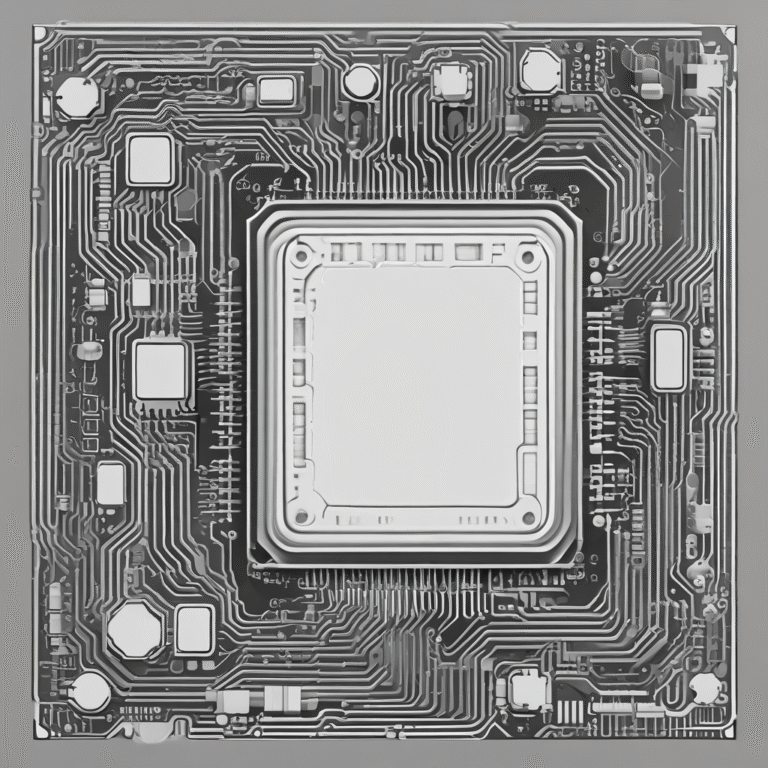AI Models with Systemic Risks: Compliance with EU AI Regulation
On July 18, 2025, the European Commission released guidelines aimed at helping AI models identified as having systemic risks navigate the complex landscape of European Union artificial intelligence regulations, specifically the AI Act. This act is designed to impose stricter obligations on these models in order to mitigate potential threats to public safety, health, and fundamental rights.
Background on the AI Act
The AI Act, which became law in 2024, sets forth a framework for regulating AI technologies within the EU. Its provisions are particularly relevant for AI models that exhibit advanced computational capabilities and the ability to significantly affect various aspects of society. The act will apply to general-purpose AI (GPAI) or foundation models produced by leading tech companies, including Google, OpenAI, Meta Platforms, Anthropic, and Mistral.
Key Guidelines for Compliance
As the deadline for compliance approaches on August 2, 2026, organizations must adhere to several critical guidelines:
- Model Evaluations: Companies are required to conduct thorough evaluations of their AI models to assess potential risks and ensure compliance with safety standards.
- Risk Mitigation: Organizations must identify risks associated with their AI technologies and implement measures to mitigate these risks effectively.
- Adversarial Testing: To ensure robustness, AI models must undergo adversarial testing to assess their performance under challenging conditions.
- Incident Reporting: Companies must report serious incidents involving their AI systems to the Commission, allowing for transparency and accountability.
- Cybersecurity Protections: Adequate cybersecurity measures must be in place to protect AI models against theft and misuse.
Transparency Requirements for General-Purpose AI
In addition to the aforementioned guidelines, the AI Act imposes specific transparency requirements for general-purpose AI models. These include:
- Developing comprehensive technical documentation that outlines the functionalities and limitations of AI systems.
- Establishing clear copyright policies to safeguard intellectual property.
- Providing detailed summaries regarding the content utilized for algorithm training, ensuring that stakeholders are well-informed.
Conclusion
The European Commission’s guidelines represent a significant step toward ensuring that AI technologies operate within a framework that prioritizes safety and accountability. As organizations prepare to comply with the AI Act, the emphasis on systemic risks underscores the need for robust governance mechanisms in the development and deployment of AI models.
In summary, the implementation of the AI Act aims to not only regulate but also foster innovation within the AI sector, balancing progress with the protection of public interests.









